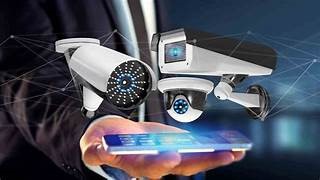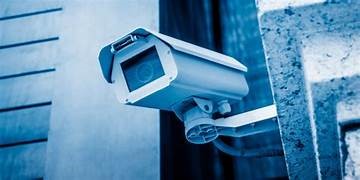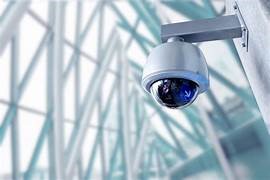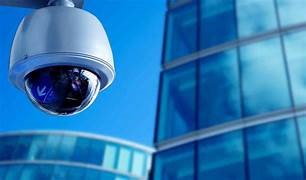CCTV Surveillance
CCTV (Closed-Circuit Television) surveillance refers to the use of video cameras to monitor and record activities in specific areas for security and surveillance purposes. These systems are widely used in various settings, such as homes, businesses, public places, and government facilities, to enhance security, deter criminal activities, and provide evidence in case of incidents.
Here are some key aspects of CCTV surveillance:
Cameras: CCTV systems consist of cameras that capture video footage of the monitored area. These cameras can be fixed or pan-tilt-zoom (PTZ) cameras, allowing operators to control their direction and zoom level remotely.
Monitoring Center: The video feeds from CCTV cameras are usually transmitted to a central monitoring centre. In this center, security personnel or operators can view the live video feeds and respond to any suspicious activities.
Recording: CCTV cameras can record the video footage onto local storage devices, such as DVRs (Digital Video Recorders) or NVRs (Network Video Recorders). Recording allows reviewing the footage later in case of incidents or investigations.
Video Analytics: Advanced CCTV systems may include video analytics software. Video analytics can automatically detect and analyze specific events or behaviors, such as motion detection, object tracking, facial recognition, license plate recognition, and people counting.
Privacy Concerns: While CCTV surveillance can enhance security, it also raises privacy concerns. As the cameras monitor public and private spaces, there are debates about striking the right balance between security needs and individual privacy rights.
Legal and Ethical Considerations: The use of CCTV surveillance must comply with relevant laws and regulations, such as data protection and privacy laws. Ethical considerations include ensuring that the systems are not used for unauthorized surveillance or personal gain.
Deterrence and Prevention: One of the primary purposes of CCTV surveillance is to act as a deterrent against criminal activities. The presence of visible cameras can discourage potential wrongdoers from engaging in unlawful behavior.
Incident Investigation: In case of security breaches, criminal activities, accidents, or other incidents, recorded CCTV footage can serve as crucial evidence in investigations and legal proceedings.
Integration with Other Security Systems: Modern CCTV systems can be integrated with other security technologies, such as access control systems, alarm systems, and video intercoms, to create comprehensive security solutions.
Cybersecurity: With the increasing use of internet-connected devices and networked surveillance systems, ensuring the cybersecurity of CCTV infrastructure is critical to prevent unauthorized access and potential cyber-attacks.
Remember that the specific features and functionalities of a CCTV surveillance system can vary depending on the requirements and complexity of the deployment. Additionally, the use of CCTV surveillance should always be in compliance with relevant laws and respect individual privacy rights.




